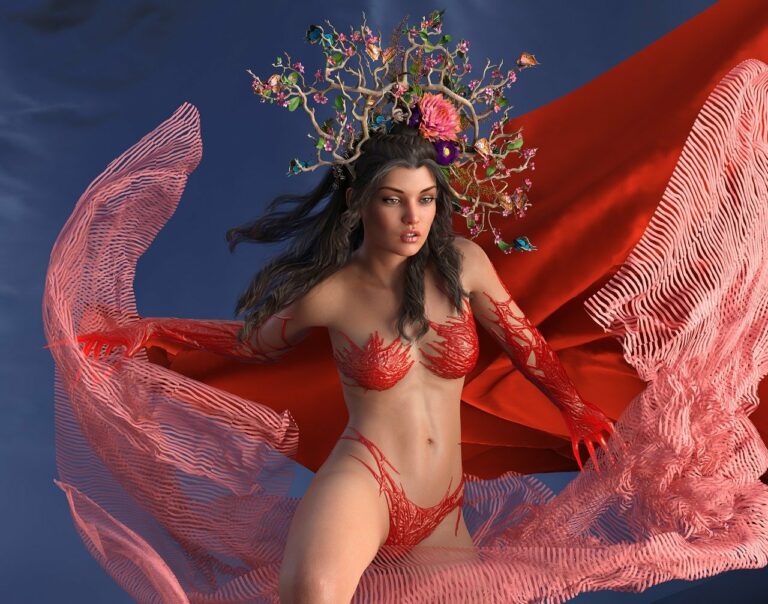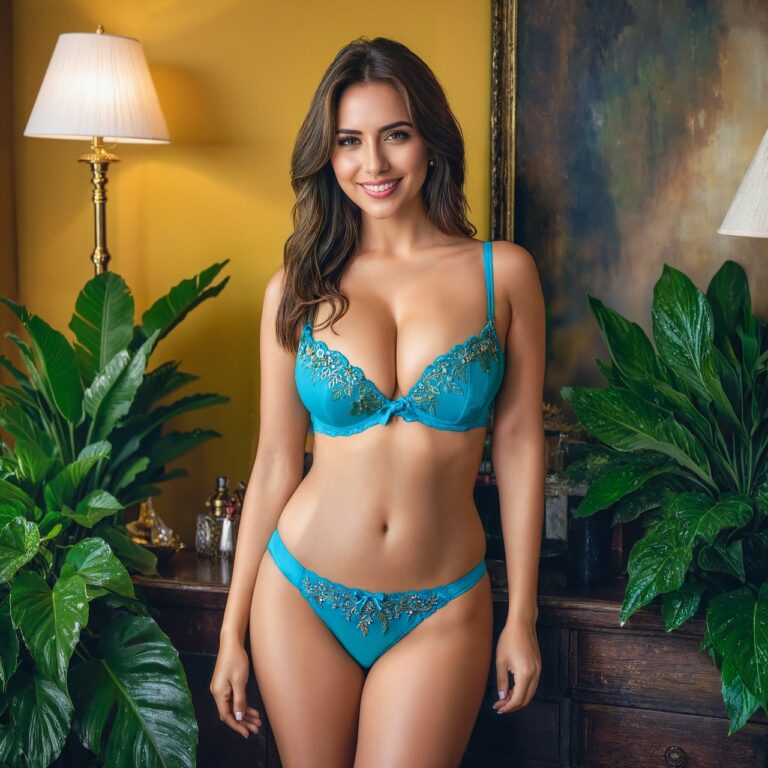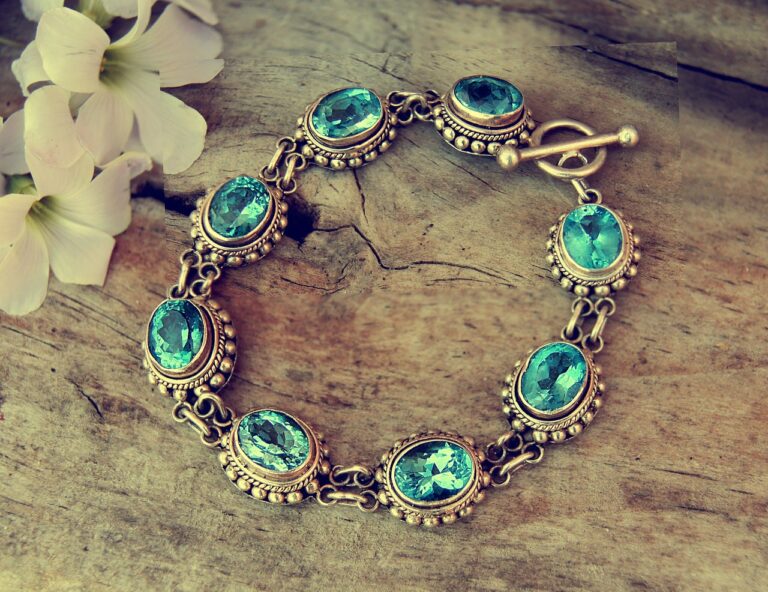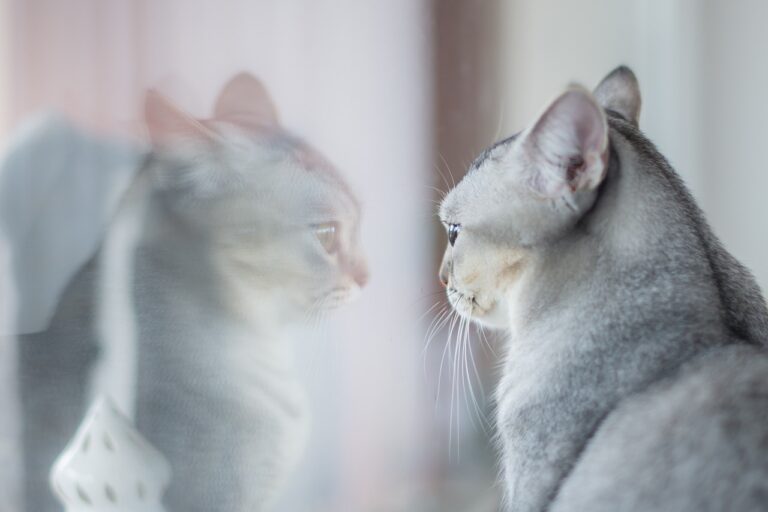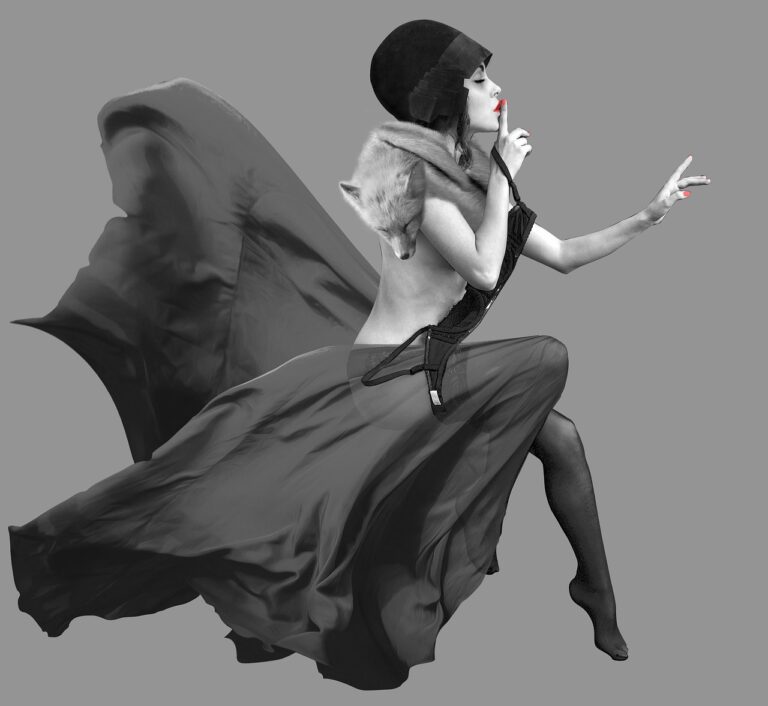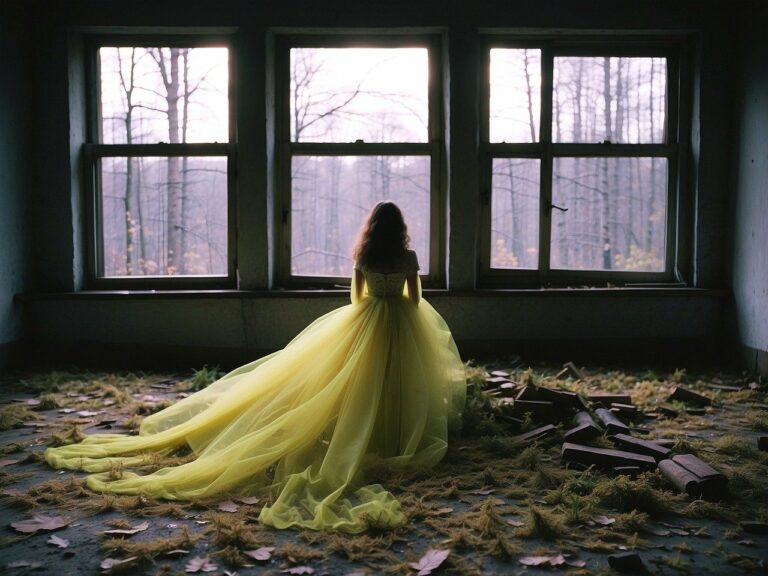Fashion and Virtual Fashion Influencers: CGI Models and Avatars
In recent years, the rise of CGI models and virtual influencers has been disrupting the traditional landscape of social media and fashion industries. These digitally created personas, with their flawless appearances and hyper-realistic qualities, are gaining popularity among brands and consumers alike.
With the ability to be programmed to fit any desired aesthetic or identity, CGI models offer a level of versatility and control that is unparalleled in the realm of influencer marketing. Their virtual existence allows them to transcend physical limitations and effortlessly promote products and lifestyles in a way that captivates audiences across various platforms.
Breaking Down the Concept of Virtual Fashion Influencers
Virtual fashion influencers are a new trend emerging in the realm of social media. These influencers, who are entirely generated through CGI technology, are redefining the traditional modeling industry. With their flawless appearance and limitless creative potential, CGI models are capturing the attention of brands and followers alike.
One of the key advantages of virtual influencers is their ability to embody diverse aesthetics and styles effortlessly. They can seamlessly shift between different looks and aesthetics, providing a versatile platform for fashion experimentation. As brands seek to connect with a broader audience and explore new creative avenues, virtual fashion influencers offer a unique opportunity to push boundaries and challenge conventional norms in the industry.
How CGI Models are Utilizing Social Media Platforms
CGI models are taking social media platforms by storm, captivating audiences with their flawless digital appearances. They strategically utilize Instagram, TikTok, and other platforms to showcase their virtual fashion, lifestyle, and beauty content. By engaging with followers through aesthetically appealing visuals and entertaining storytelling, CGI models are reshaping the digital landscape.
These virtual influencers collaborate with brands, participate in online campaigns, and create sponsored content just like their human counterparts. Through strategic partnerships and endorsements, CGI models not only promote products and services but also elevate brand identity and recognition. With their growing influence and ability to connect with audiences on a personal level, these digital avatars are setting a new standard for social media marketing.
What are CGI models?
CGI models are computer-generated characters or avatars that are used in the fashion and marketing industries to promote products and engage with audiences on social media platforms.
How are CGI models different from human models?
CGI models are entirely digital creations and do not exist in real life, while human models are real individuals who pose for photoshoots and walk on runways.
Why are CGI models becoming popular on social media?
CGI models are becoming popular on social media because they offer a unique and futuristic way for brands to connect with their audiences, as well as the ability to create unlimited content without the limitations of human models.
How do CGI models utilize social media platforms?
CGI models utilize social media platforms by posting photos, videos, and content that showcase their unique style and personality, engaging with followers through comments and interactions, and collaborating with brands for sponsored content and partnerships.


